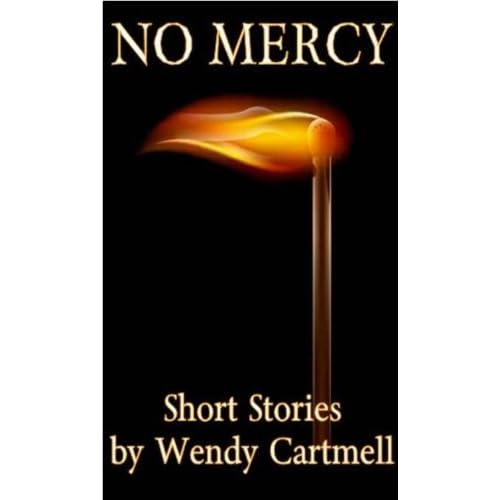The Tower (Deck of Lies, #2) has just been released this month -- and to celebrate, I'm releasing a selective excerpt. The piece of the scene you're about to read takes place in Chapter 5. Some names have been hidden to protect the dead (and the spoilers from Book 1!).
I was taken aback by his interruption, and the way he’d honed in on my true feelings. “I…I wouldn’t say I hated her, exactly, but I-”
“Where were you on the morning of March 29?”
“What?”
“March 29, Rain. It was barely two weeks ago. Surely you can remember where you were on the day that your fellow student disappeared?” His voice was low and gentle, almost chant-like.
“I…” And I racked my brain for a moment before the memory clicked into place. Of course. March 29. That was the day I went to school to find that my locker had been completely trashed by Carsyn. I felt my cheeks flame just thinking about it. “I was at school.”
“And before that?” He pressed.
“Before that I was at home,” I answered hotly. Maybe it was that horrible memory of seeing Carsyn’s angry red lipstick smeared all over my personal space, but I was suddenly furious at Lieutenant Edwards. Why was he dredging all this up? And why were we sitting in this tiny room?
“Did anyone see you leave that morning? Did you eat breakfast with your family? Can anyone verify your whereabouts before you walked into Sloane Academy that Monday morning? When did you first see the suspect that day? Were you with him in the canyons, Rain?” His tone had dramatically changed from singsong to rapid-fire, each word hurtled at me like a bullet.
His hard expression, his unrelenting questions, the plain little room…I suddenly realized I’d seen this all before. On TV. And that’s when I understood that I was being interrogated by the police. I spun around in my chair to stare at the mirror, and cold dread washed over me when I thought that another police officer was probably staring at me from the other side.
My mind started to spin madly. The note he’d asked me to copy. The receipt he’d pulled out of his pocket. Dread settled in my stomach, and for a few horrifying seconds I was certain I was going to throw up. “Oh my God,” I whispered. “A Fendi purse purchased on March 28. She was killed with a leather strap. Do you think -- do you mean --” I couldn’t even finish the question. I leapt out of the plastic seat, not at all surprised to find that my legs felt wobbly when I forced them straight. “Was she murdered with a
purse strap?” I didn’t mean to halfway scream the question, but waves of shock were rolling over me now. I felt like I was caught inside a storm. “Then why have you been holding the suspect? Because his name was on the note? Where did you find that note? Did you find that note on her…
on her?” I couldn’t say “body.” It was just too gruesome.
Edwards was standing now, too. “Where were you on Monday morning, Rain?”
“I’m a suspect?” It came out half-question, half-accusation. “Am I your new suspect?”
The Tower is now available at
Amazon, on
B&N and
Smashwords. Read
Justice (Deck of Lies, #1) to get caught up on all the backstory, or just dive right in to this installment of the ongoing saga of family deceit and secrets!


























